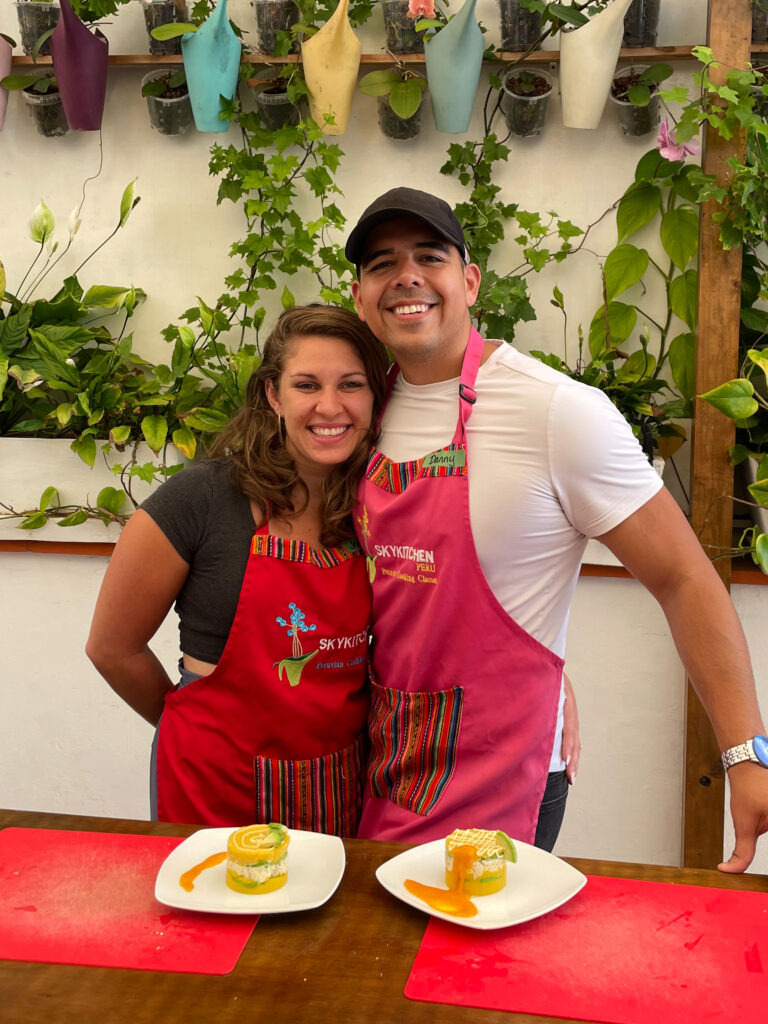Think vegetables are your friends? Think again. Sure, they’re green and packed with nutrients, but lurking within that innocent leaf of spinach or crunch of kale might be compounds that could make you feel more like you’ve been bench-pressed than nurtured. If you’re chasing joint pain relief, functional movement, or just staying fit on the road, knowing the hidden “poisons” in your veggies can be a game-changer. Or seek a professional to help you along the joint pain and nutrition path like Nini here.

Unmasking the “Toxins” in Your Greens (Spoiler Alert: It’s About Balance, Not Banishing)
In the world of fitness, we know it’s all about what fuels the body. But some vegetables are like that one gym buddy who shows up only to complain: they can cause more irritation than you signed up for. Here’s a breakdown of the culprits and why they matter:
- Oxalates – Spinach, beet greens, and a few other “health” foods are loaded with these little troublemakers. Think of oxalates as micro-crystals that can accumulate in your tissues, possibly making those joint rotations or lunges feel more like medieval torture than a workout. For clients aiming to stay spry and agile, cutting back on oxalate-heavy greens might just be a smooth move.
- Phytates – These compounds, known as “anti-nutrients,” are like those mysterious people at the gym who hog the machines but don’t really use them. Phytates tie up essential minerals, blocking absorption. If you’re into traveling fitness and might not always be meeting your nutrient targets, giving these compounds a second thought could keep you from feeling depleted.
- Lectins – Found in beans and some nightshades, lectins can act like unwelcome squat partners for your gut, causing bloat and inflammation. Anyone doing personal training work knows how joint health directly impacts performance, so easing up on lectins may be a step toward a smoother, pain-free range of motion.
- Glyphosate Residues – This one isn’t naturally found in veggies, but pesticide residues on non-organic produce can disrupt gut health, which affects energy levels and mobility. Going organic where possible can be a small but mighty step toward a cleaner, more energized workout.
Why This Matters for Functional Movement and Joint Relief
Picture this: you’re guiding a client through a movement-based workout focused on joint stability and pain relief. Like when placing luggage into an overhead compartment on a flight, it can lead to discomfort and annoyance as you just want to get through the flight. Every stretch, squat, and lunge is designed to improve their functional range, strengthen joint resilience, and minimize discomfort. Now imagine their diet quietly working against that progress, like a sneaky antagonist. Addressing these compounds can help clients feel the benefits of their workouts faster and reduce the chances of setbacks due to diet-related inflammation.

Simple, Savvy Solutions to Keep Vegetables (and Joints) in Line
There’s no need to swear off vegetables entirely (we’re personal trainers, not diet dictators). Instead, here’s how to enjoy those greens with less strain on your joints:

- Soak and Cook – Soaking legumes and cooking vegetables like spinach reduces lectins and oxalates, making them less of a hazard for joints.
- Rotate Your Greens – Think of your veggie choices like a workout routine; keep them varied. This way, you avoid overloading on any one compound while getting the benefits of a balanced nutrient intake.
- Opt for Organic – Glyphosate-free greens might sound bougie, but your body will thank you. Organic produce can help minimize pesticide exposure, giving you (and your joints) a cleaner boost.
Bottom Line: Do Vegetables Hate You? Only If You Ignore the Details
The myth of “all vegetables are poisonous” is just that—a myth. But for those of us fine-tuning our bodies for optimal movement and pain relief, understanding what’s inside those leafy greens can make a difference. After all, we wouldn’t recommend pushing through an injury, so why ignore foods that might sneak in inflammation? Treat your diet like your training: mindful, intentional, and always working toward peak performance.


